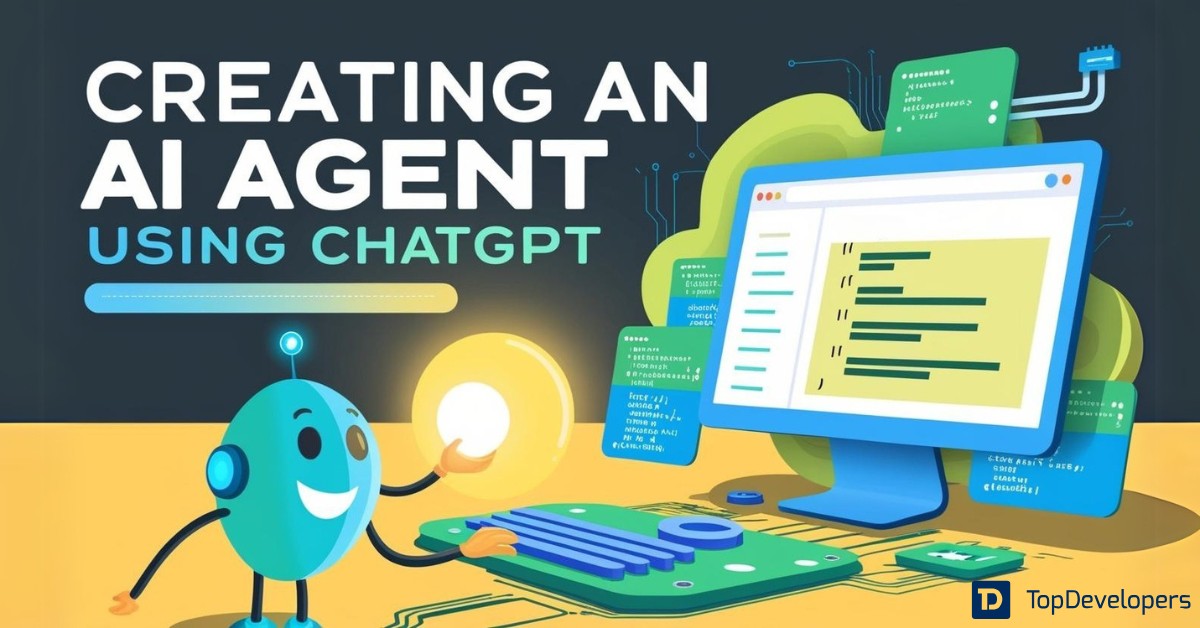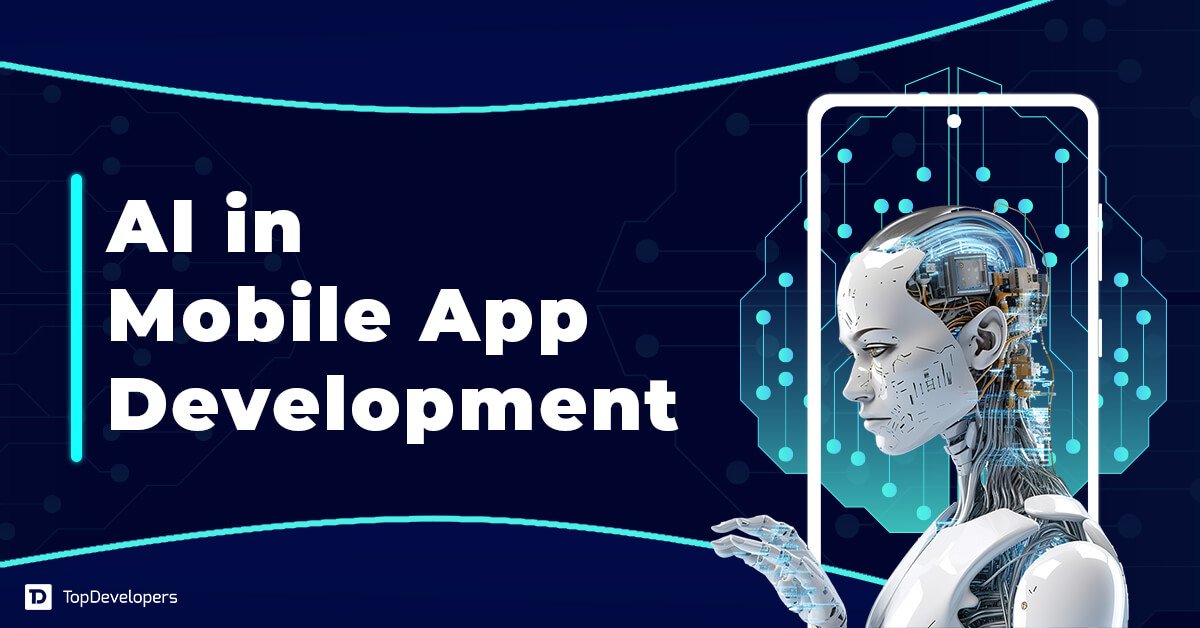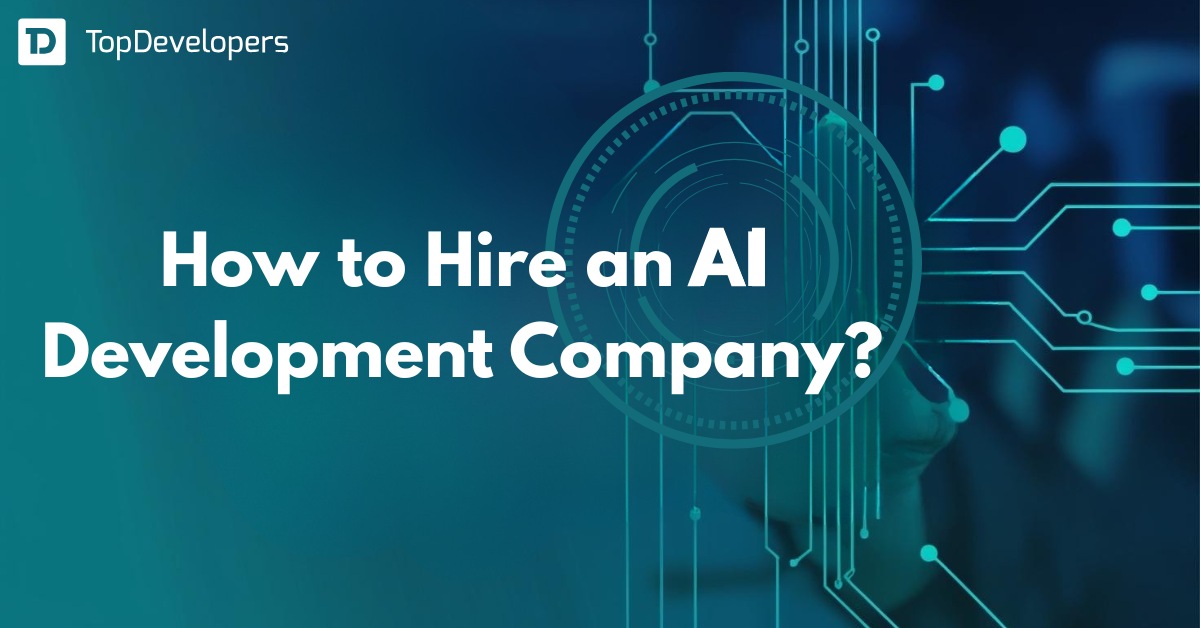
The integration of Artificial Intelligence (AI) is no longer just a trend, it’s a necessity. One of the most powerful tools driving AI innovation is the Large Language Model (LLM). These LLM models, capable of understanding and generating human-like text, have found applications across various industries, from customer service automation to content generation and data analysis.
The global LLM market is experiencing significant growth. According to Credence Research, in 2024, the market size was estimated at approximately USD 5.6 billion and is projected to grow at a compound annual growth rate (CAGR) of 36.9%, reaching over USD 30 billion by 2032. This rapid expansion underscores the increasing adoption of AI technologies across various sectors.
However, with so many LLMs available, choosing the right one for your business can be overwhelming. Each LLM model offers unique features, pricing models, and performance characteristics, making the decision a complex one. But making the right choice can significantly impact your business’s efficiency, cost-effectiveness, and ability to scale.
In this guide, we’ll walk you through the key factors to consider when selecting the best LLM for your business needs. From understanding performance metrics to evaluating scalability and data security, we’ll help you navigate the process of choosing a model that aligns with your business objectives.
Table of Contents
How to Evaluate and Choose the Best Large Language Model for Your Business?
When it comes to selecting the best Large Language Model (LLM) for your business, there are several key factors that should guide your decision. LLMs are designed to handle a wide variety of tasks—from generating human-like text to providing insights from large datasets—but not all models are created equal. Some might perform better for your specific business needs, while others might be too costly or not scalable enough to support future growth.
Choosing the right LLM involves a deep understanding of your own business objectives, the capabilities of different models, and how well these models can integrate into your existing systems. The advantages of LLMs are clear; they can significantly enhance productivity, streamline processes, and improve decision-making by analyzing and interpreting complex data in a way that was previously unattainable with traditional systems.
Let’s dive into the most critical aspects to consider when evaluating an LLM.
Performance
The performance of an LLM is one of the most crucial factors to evaluate. After all, the primary purpose of using a Large Language Model is to perform specific language-related tasks accurately. Whether you’re using it for customer support, content creation, or data analysis, the LLM’s ability to understand context, generate coherent text, and respond appropriately is key.
To assess performance, you should consider:
- Accuracy: Does the LLM generate relevant and contextually correct responses? Look for LLM models that consistently deliver high accuracy across various tasks.
- Speed: The time it takes for the LLM to process input and produce output is important, especially if your business relies on real-time responses.
- Flexibility: How well does the LLM handle a wide range of topics and industries? A more flexible model can adapt to different business applications without needing frequent retraining.
It’s essential to test the model on real-world scenarios that are relevant to your business needs, such as understanding customer queries or generating marketing content, to ensure it meets your expectations.
Cost Considerations
Another critical factor in choosing the best Large Language Model for your business is the cost. LLMs are available in various pricing models, which can range from pay-per-use to subscription-based services. While it’s tempting to go for the most affordable option, cost should be balanced with the LLM’s capabilities and how well it aligns with your long-term business goals.
When evaluating cost, consider the following:
- Pricing Model: Some LLM providers charge based on the number of queries or characters processed, while others offer subscription plans based on usage or data volume. Make sure the pricing structure fits your business model.
- Total Cost of Ownership: Beyond the initial cost, consider any hidden fees for scaling the solution or training the LLM model. Will there be additional expenses for integrating the LLM with your existing systems or for maintaining data privacy?
- Value for Money: It’s important to evaluate the ROI that the LLM will bring to your business. A more expensive LLM might offer advanced features, but if it significantly improves efficiency or cuts down costs in the long run, it might be worth the investment.
Choosing a cost-effective LLM that provides the right balance of performance and scalability is key to optimizing your AI initiatives without overextending your budget.
Scalability
As your business grows, so will your need for more powerful AI tools that can handle increasing workloads. Scalability is a critical factor to consider when choosing an LLM, as you’ll want a model that can easily adapt to higher demands without sacrificing performance.
When evaluating scalability, think about:
- Handling Increased Data: Can the LLM scale to process more complex queries or handle a larger volume of data as your business expands? A scalable LLM model ensures that it can accommodate your growing needs without performance degradation.
- Flexibility in Deployment: Does the Large Language Model allow for flexible deployment options, such as on-premise, cloud-based, or hybrid solutions? This flexibility enables your business to choose the best configuration as it scales.
- Integration with New Systems: As your technology stack evolves, can the LLM integrate smoothly with other new systems or tools you may adopt in the future? This ensures the LLM model remains a valuable asset for years to come.
Choosing a scalable LLM means you won’t need to worry about outgrowing your AI solution as your business grows, helping you avoid the hassle and costs of switching LLM models down the line.
Integration and Compatibility
A large language model is only as effective as its ability to integrate with your existing systems. Whether you’re incorporating the LLM model into a customer service platform, an internal knowledge base, or a marketing tool, seamless integration is essential for maximizing its utility.
Here’s what to consider when evaluating integration:
- API Availability: Does the LLM offer robust APIs that make it easy to connect with other tools and platforms you use? A strong API will allow for smooth communication between the LLM and your business’s existing software.
- Ease of Integration: How simple is it to incorporate the LLM into your current workflows? Some LLM models are designed with plug-and-play solutions, while others may require more technical expertise to set up and maintain.
- Compatibility with Existing Data: Can the LLM work with your existing datasets? If your business uses proprietary data, ensuring that the model can ingest, process, and generate insights from that data is crucial.
Opting for a Large Language Model that integrates well with your existing systems not only saves time during implementation but also ensures a more streamlined, cohesive workflow across your business.
Data Privacy and Security
In an age where data breaches and privacy concerns are at the forefront of business and consumer trust, choosing an LLM that prioritizes data security is essential. When working with AI, especially when processing sensitive customer or business data, the model must adhere to the highest security standards.
Key factors to consider:
- Data Encryption: Does the LLM provider offer robust encryption for data both in transit and at rest? This ensures that any data exchanged between your business and the AI LLM model is securely protected.
- Compliance with Regulations: Is the LLM compliant with key data privacy regulations such as GDPR, CCPA, or HIPAA? This is particularly important for businesses operating in regulated industries or those handling sensitive customer data.
- Data Retention Policies: Does the provider have clear data retention and deletion policies? Make sure that the LLM doesn’t store or misuse your business’s data in ways that could expose it to unnecessary risk.
Selecting an LLM with strong privacy and security measures will help you safeguard your company’s data, maintain customer trust, and comply with relevant regulations.
Company Support and Community
When choosing an LLM, it’s not just about the model’s capabilities—it’s also about the support you’ll receive from the LLM service provider. Strong LLM company support and an active user community can significantly enhance your experience, especially when facing technical challenges or when trying to integrate the LLM model into your workflows.
Consider the following:
- Customer Support: What level of support does the AI vendor provide? Look for LLM models that offer 24/7 customer support, online resources, or dedicated account managers to help you troubleshoot any issues quickly.
- Documentation and Training: Does the AI LLM development company provide comprehensive documentation and training materials to help you understand and optimize the LLM’s capabilities? A well-documented model makes it easier for your team to get up to speed without relying heavily on external assistance.
- Community Engagement: An active community of users and developers can be invaluable for problem-solving, tips, and shared experiences. Look for LLMs that have forums, user groups, or other resources where businesses can exchange knowledge.
Reliable support and an engaged community ensure that you’re never left in the dark if problems arise, and that you can get the most out of your LLM investment.
Conclusion
Choosing the best Large Language Model (LLM) for your business requires a thoughtful approach that balances performance, cost, scalability, and security. By evaluating factors such as integration capabilities, company support, and data privacy, businesses can ensure they select a model that not only meets their current needs but also supports future growth.
For businesses aiming to implement AI-driven solutions, it’s essential to consider the long-term impact of adopting the right Large Language Model. The landscape of AI is rapidly evolving, and selecting an LLM that aligns with your goals can be a strategic advantage in enhancing operational efficiency and customer experiences. Additionally, working with top AI development companies can help you refine your approach, ensuring the LLM you choose is optimized to meet your specific business needs.
Ultimately, the decision comes down to how well the model fits within your existing infrastructure, how it helps solve business challenges, and how it can scale with your future ambitions. With careful consideration, businesses can harness the full potential of LLMs and unlock new opportunities for innovation and growth.
 Gillian Harper
| Apr 18, 2025
Gillian Harper
| Apr 18, 2025
A professionally engaged blogger, an entertainer, dancer, tech critic, movie buff and a quick learner with an impressive personality! I work as a Senior Process Specialist at Topdevelopers.co as I can readily solve business problems by analyzing the overall process. I’m also good at building a better rapport with people!


